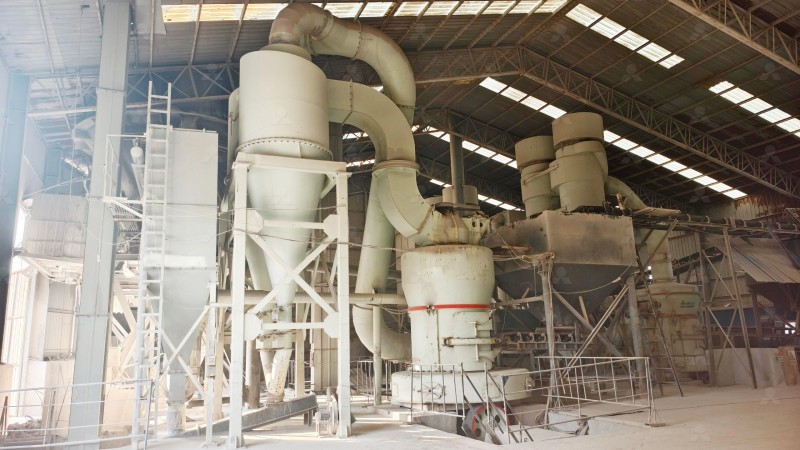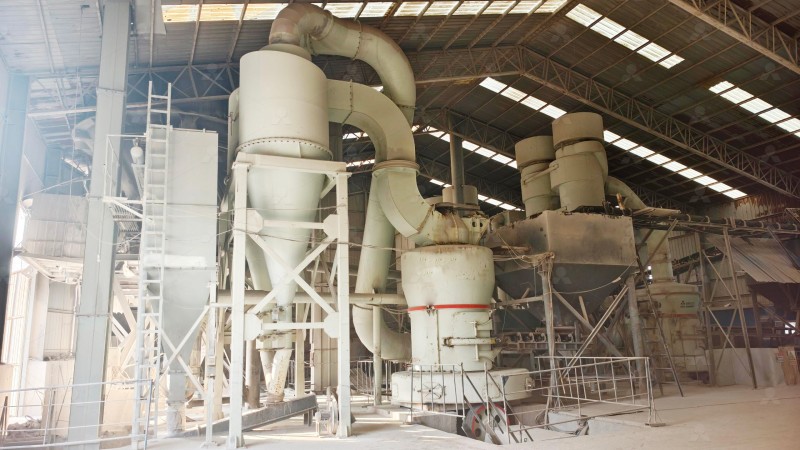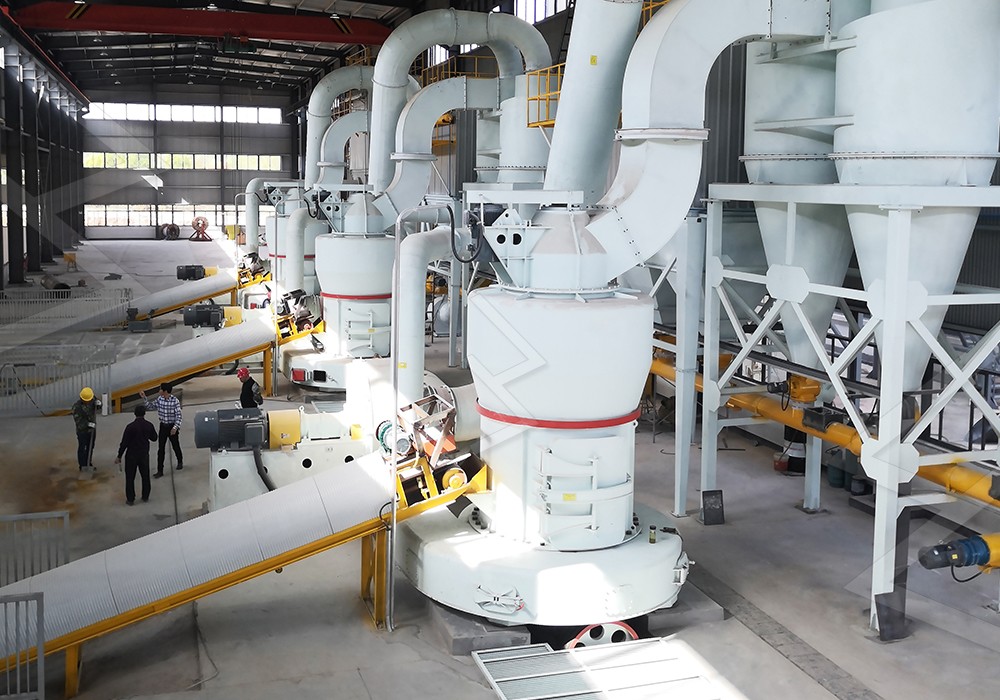4500 Mesh 4R Raymond Mill for Fine Powder Grinding: A Comprehensive Guide
Unlocking Ultra-Fine Grinding Potential with 4500 Mesh 4R Raymond Mill
In the evolving landscape of industrial powder processing, achieving consistent ultra-fine particle sizes while maintaining operational efficiency remains a significant challenge. The 4500 Mesh 4R Raymond Mill represents a sophisticated solution for operations requiring precise fine powder production across multiple industries.

Technical Specifications and Capabilities
The 4R designation refers to the four grinding rollers that provide enhanced grinding surface area and pressure distribution. This configuration enables the mill to achieve remarkable fineness levels up to 4500 mesh while maintaining stable operation. With an input size capacity of <25mm and throughput ranging from 0.6-5 tph, this equipment strikes an optimal balance between precision and productivity.
The grinding mechanism employs a centrifugal force principle where materials are fed centrally and distributed evenly across the grinding chamber. The oscillating rollers create consistent pressure against the grinding ring, ensuring uniform particle size reduction. The integrated separator system then precisely classifies the powder, returning oversized particles for regrinding while allowing properly sized material to proceed to collection.
Applications Across Industries
This advanced milling technology serves diverse sectors including pharmaceuticals, cosmetics, advanced materials, and specialty chemicals. The ability to produce consistent 4500 mesh powder makes it particularly valuable for applications requiring exceptional surface area and reactivity, such as catalyst production, pharmaceutical excipients, and high-performance composite materials.

Beyond Traditional Raymond Mills: Advanced Alternatives
While the 4R Raymond Mill excels in many fine grinding applications, operations requiring even higher efficiency or different material characteristics might consider our MW Ultrafine Grinding Mill. This advanced system represents the next generation in powder processing technology, capable of producing powders between 325-2500 meshes with remarkable energy efficiency.
The MW series incorporates several proprietary innovations including newly designed grinding curves that enhance efficiency by 40% compared to conventional jet mills. Its cage-type powder selector, leveraging German technology, ensures precise particle separation with screening rates achieving d97≤5μm in a single pass. The absence of rolling bearings and screws in the grinding chamber eliminates common failure points, while the external lubrication system enables continuous 24-hour operation.
For operations processing softer materials or requiring vertical configuration, our LUM Ultrafine Vertical Grinding Mill offers distinct advantages. Integrating the latest Taiwanese grinding roller technology with German powder separation systems, this mill achieves exceptional precision with energy consumption reductions of 30%-50% compared to conventional designs. Its reversible structure simplifies maintenance, while electronic and mechanical limiting technologies ensure operational stability under varying conditions.
Operational Considerations and Best Practices
Successful implementation of high-mesh grinding technology requires attention to several critical factors. Proper material preparation, including optimal feed size and moisture content, significantly impacts final product quality and mill efficiency. Regular maintenance of grinding elements and separator components ensures consistent performance and prevents unexpected downtime.

Environmental considerations are equally important. Modern milling systems incorporate advanced dust collection and noise reduction technologies to minimize operational impact. The pulse dust collectors in our MW series, for instance, effectively contain particulate matter, while integrated silencers maintain workplace noise at acceptable levels.
Frequently Asked Questions
What is the typical energy consumption for operating a 4500 mesh 4R Raymond Mill?
Energy requirements vary based on material characteristics and operational parameters, but typically range between 25-40 kWh per ton for most applications. Harder materials and finer target sizes generally increase energy consumption.
How does the 4R configuration differ from other Raymond mill designs?
The 4R designation indicates four grinding rollers, providing greater grinding surface area and more uniform pressure distribution compared to 3R or 5R configurations. This typically results in better efficiency for medium-hardness materials requiring high fineness.
What maintenance intervals are recommended for optimal performance?
We recommend inspecting grinding elements every 400-600 operating hours, with more comprehensive maintenance every 2,000-3,000 hours. Actual intervals depend on material abrasiveness and operational intensity.
Can the same mill process different materials without cross-contamination?
While possible, we recommend thorough cleaning between material changes, particularly when processing materials for sensitive applications like pharmaceuticals or food products. Some operations maintain dedicated equipment for different material categories.
What safety features are incorporated into modern high-mesh grinding systems?
Contemporary designs include multiple safety systems including pressure monitoring, temperature sensors, vibration detection, and automatic shutdown protocols. Our MW series additionally features mechanical limiting technology to prevent component damage during abnormal conditions.
